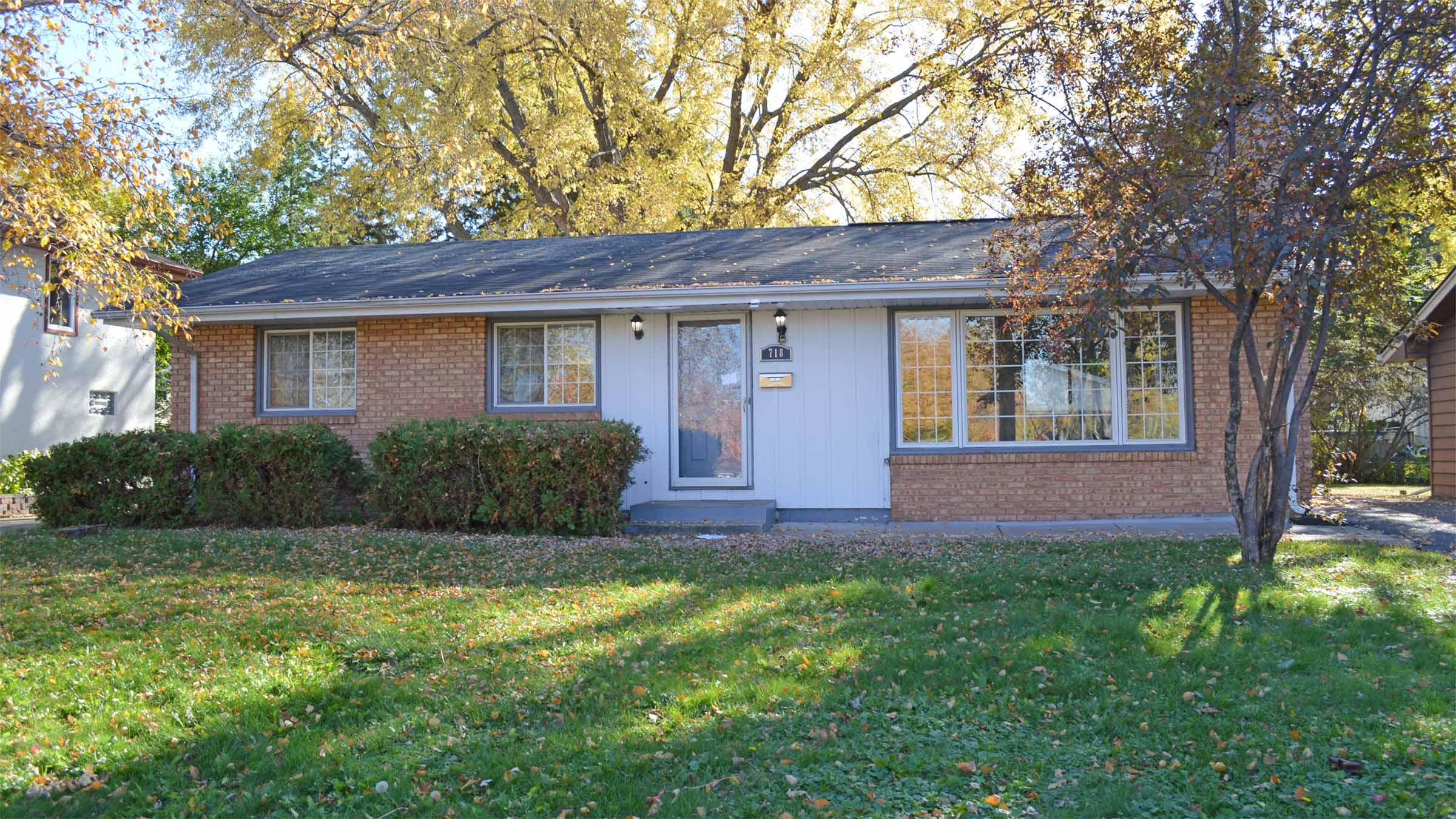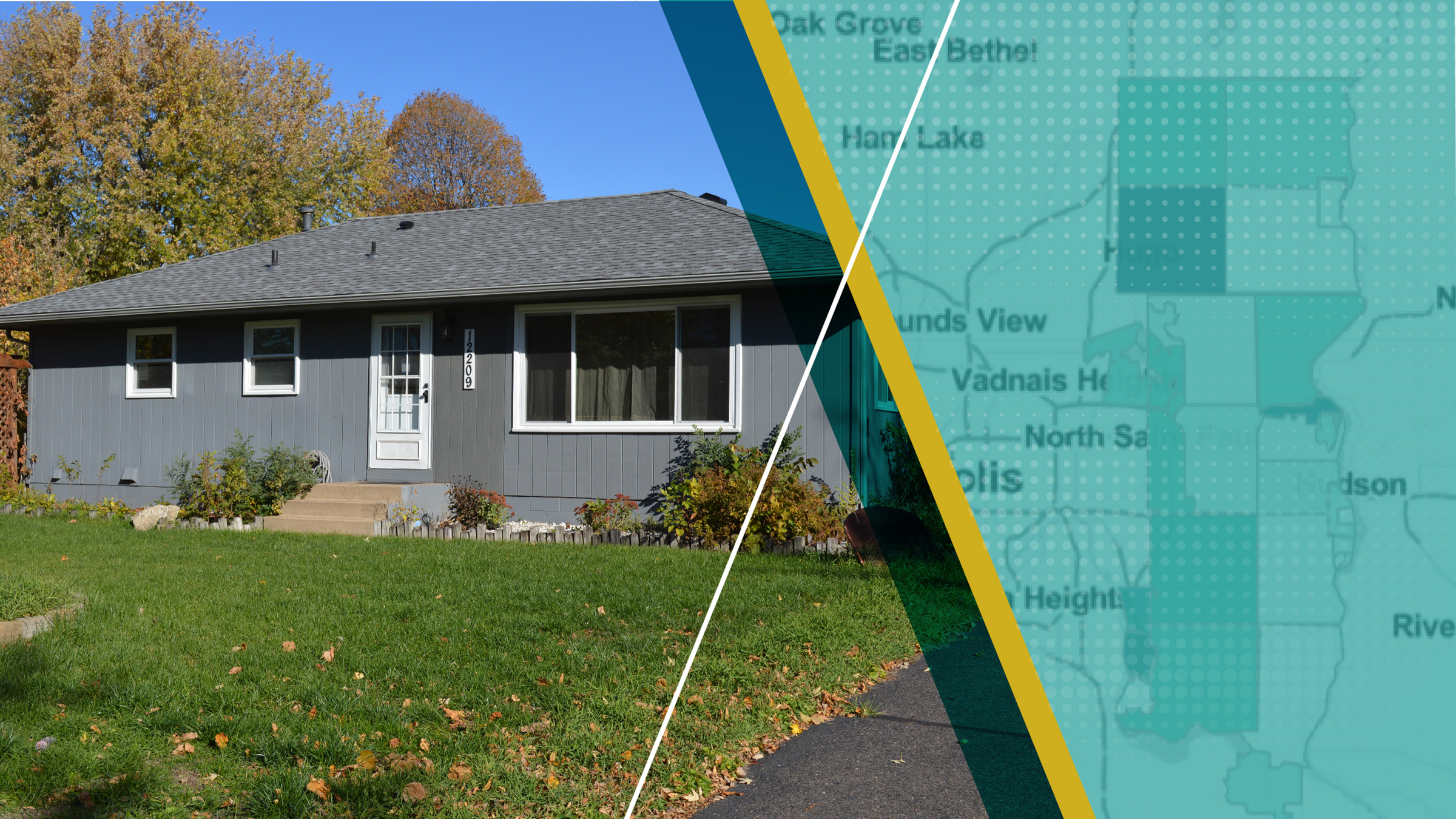Over the past 15 years, investors have increased their market share of single-family rentals in many communities across the nation. A public conversation is underway about this trend’s implications for households’ homeownership opportunities and access to quality rental housing. This article describes the state of research on investor ownership of single-family homes and describes some policy approaches aimed at influencing the single-family rental market.
Evidence to date suggests impact of investor ownership is mixed
Using data from an interactive tool our team at the Federal Reserve Bank of Minneapolis created to track investor ownership in the Twin Cities region, we’ve found that investor ownership of single-family rental homes doubled from 2006 to 2015 and has since remained relatively stable. Investors now own 3.4 percent of single-family detached homes in the seven-county metropolitan area.*
The overall impact of this increase in investor ownership remains unclear. On the one hand, investor-owned single-family rentals expand the housing options available to families that don’t have the wealth, access to credit, or desire to buy a home. Single-family rentals can offer housing opportunities in neighborhoods where there are few multifamily rental properties and provide options for renters who want more space than apartments typically offer.
Investors may also improve the quality of the housing stock. Some evidence suggests that a number of the nation’s largest investors target homes with significant repair needs or deferred maintenance. In an environment of relatively few public resources to assist owner-occupant purchasers in repairing properties, investor ownership may be particularly valuable for bringing investment to historically devalued neighborhoods.
Evidence also suggests that large investors likely helped the housing market recover after the Great Recession by stabilizing prices, spending money to physically improve properties, reducing vacancy rates, and increasing construction employment.
On the other hand, data suggest that investors’ increased entry into the single-family market likely contributed to the decrease in the country’s homeownership rate. And in neighborhoods like some in Minneapolis and St. Paul where investors own more than one in five single-family homes, concerns are growing about the impacts of investor and corporate ownership—both on renters, who find distant property owners unresponsive to their concerns, and on prospective home buyers, who feel they are consistently outcompeted by investors making cash offers for properties.
Better data would increase knowledge and enhance accountability
Definitive statements about the impact of investor ownership of single-family homes are rare because it’s difficult to gather foundational data on the subject. Even the prevalence of investor ownership can be difficult to determine.
Property ownership is a matter of public record, but common sources of these data do not consistently distinguish among residential property uses. In other words, they don’t always indicate whether a house is owner-occupied, used as a short-term rental or second home, or rented to a long-term occupant.
In some localities, rental properties can be identified in rental registries. These lists often record the addresses of single-family rentals located in cities that require property owners to obtain licenses to rent out homes. However, rental registries are not always consistently maintained and may only cover certain segments of the rental market.
And even where legal owners are named in the public record and it’s possible to identify what properties are likely to be some kind of rental, it may still be difficult to determine the “true” owner. The identities of the people ultimately responsible for a property may be hidden behind layers of corporations, limited partnerships, or other entities. A recent settlement between a large investor and the State of Minnesota demonstrates how difficult it can be to determine the party, or parties, responsible for the upkeep and security of single-family rentals. After the state brought a lawsuit against a syndicate of six entities that owned rental properties under a common public-facing brand, some defendants responded in legal filings that they were only investors in the entities that owned the homes. While in this case the courts determined that these defendants were owners and thus legally responsible, renters often do not know who is responsible for maintaining their home. To provide simple answers to questions about a property’s ownership, rental registries would likely need rules governing how owners are defined and recorded.
Some communities are taking a step to remedy the data gap by instituting or updating rental registries. Where such registries include well-maintained information on code violations and offer detailed insights into ownership, they provide helpful information for renters, property owners, policymakers, and researchers alike.
Better data would enhance accountability for property owners and the agencies responsible for enforcing rental-unit quality and safety. At a higher level, such data would make it easier to understand whether investors are disrupting the housing market and creating challenges for renters and neighborhoods.
Protecting renters from unscrupulous property owners
One area of debate about investor ownership centers on the behavior of investors toward their renters. A survey of the work other researchers have done in this arena shows that the limited evidence available is often mixed and anecdotal. For example, one paper focused on Atlanta found that “large corporate owners” of single-family rentals were more likely than small owners to file for evictions. This small but positive relationship between larger investors and more evictions does not control for the payment history of the renters. An older, national study did not find the same result—though, by the authors’ admission, that finding comes with its own “grain of salt.”
Critics of investor ownership also point to many anecdotes about renters’ negative experiences in corporate-owned homes. These stories often focus on shoddy maintenance or exploitative rent-collection practices. However, renters may have similar experiences with individual property owners as well. While there is no representative data to shed light on the differences between institutional or corporate owners relative to individual property owners, the negative experiences of some renters suggest that a continued policy focus on rental licensing and renter protections could benefit renters regardless of ownership structure.
Making it easier for prospective homeowners to buy homes
Relative to first-time home buyers, many investors have financial advantages in buying homes. Large investors enter the market with capital and lines of credit (seen as “cash” by sellers) readily available. In contrast, prospective home buyers rate issues related to capital and credit, such as downpayment and closing-cost shortfalls and less-than-ideal credit scores, as high barriers to homeownership.
One approach for mitigating the impact of large investors would be policies to reweight these imbalances. Providing downpayment assistance—particularly downpayment assistance that keeps up with the timelines of competitive home-buying processes—could help potential homeowners compete, and could be particularly helpful for people without access to generational wealth.
When it comes to competing to purchase lower-priced properties, investors have another advantage: the sophistication and experience necessary to navigate foreclosures or other distressed-sale protocols. Reforms to these processes could allow more potential owner-occupants to compete for lower-priced homes.
Individual home buyers are also at a disadvantage when it comes to purchasing homes that large investors sell. Evidence suggests large investors often sell their single-family properties in bulk, which makes them inaccessible for households to buy. And even in cases of non-bulk sales, some large investors require buyers to pay in cash and close on purchases within very short timelines. With the right financial resources and expertise, nonprofit organizations or other community development actors can help transition such single-family rentals sold by large investors into affordable ownership opportunities for households. Land trusts and land banks also serve as vehicles for purchasing and preserving the affordability of single-family homes.
Two cities have recently piloted new programs that may rebalance the situation for individual buyers. The City of Minneapolis created the Single-Family Investor-Ownership Intervention Pilot Program to assist Land Bank Twin Cities and other mission-driven entities in acquiring vacant investor-owned single-family rentals and selling them to developers. The developers then rehabilitate the homes and resell them to home buyers earning less than 80 percent of the area median income. Similarly, a development authority in Cincinnati purchased 194 homes from a bankrupt investment firm and plans to convert the homes to affordable rental and homeownership properties.
Other policies under consideration
From the U.S. Congress to neighborhood homeowners’ associations, people are discussing legislation or rule changes that would restrict or eliminate the ability of certain investors to own single-family homes. Similarly, more and more cities both large and small have policies in place to ban or regulate short-term rentals listed with companies like Vrbo or Airbnb, one type of investor-owned single-family rental. Basic economic theory would argue that limiting the number of buyers for homes would result in less competition and thus lower home prices—something that might look good to prospective home buyers, but not so good to homeowners who rely on their homes as vehicles for wealth creation. On the other side, legislators in some states have proposed laws that would prevent municipalities from regulating this market.
These policies aren’t necessarily written with an all-or-nothing mindset. For example, the city council in Columbia Heights, a suburb of Minneapolis, created an ordinance that limits the number of single-family rental licenses on a block-by-block basis.
Much of the growth in investor ownership occurred in a period of relatively low interest rates and rising rents due to scarce housing options. Acquiring and renting out single-family homes produced stronger returns than other investments. Now, with higher interest rates and operating costs, single-family rentals may not provide as much financial return as they once did. Policy measures that decrease the relative cost of owner-occupied housing and increase the cost of rental properties—such as expanded homestead tax exemptions or other tax interventions—would affect the returns of owning single-family rentals and could make investors consider disinvesting from them. Some legislators and organizations are proposing bills that would tax investors, either directly or via tax-code tweaks affecting those who own at least a certain number of homes, as an alternative to banning investor-owned single-family rentals outright.
The nation’s housing shortage makes single family rentals an attractive investment
America’s ongoing housing shortage and its impact on rent growth are big contributors to the math that has made owning single-family rentals attractive to investors. Research has shown that increasing the supply of housing makes it easier for home buyers and renters to find an affordable, quality place to call home. The same realities that cause new high-end apartments to free up opportunities for relatively lower-income renters are likely to apply to expensive build-to-rent communities in the suburbs.
Investors acquiring or building single-family homes to rent out is a symptom of the lack of supply of rental housing. Quite simply, more housing supply reduces the returns investors can obtain and makes owning single-family rental housing less appealing. In the absence of additional housing supply, research shows that responsible and transparent property ownership and better supports for prospective home buyers could directly address the perceived downsides of investor ownership. Going further—that is, placing severe restrictions on, or even penalizing, investor owners—could limit renters’ options and depress current property values without necessarily accomplishing much for people who struggle to access homeownership.
Endnote
* The seven counties are Anoka, Carver, Dakota, Hennepin, Ramsey, Scott, and Washington.
Libby Starling is Senior Community Development Advisor in Community Development and Engagement at the Federal Reserve Bank of Minneapolis. She focuses on deepening the Bank’s understanding of housing affordability, concentrating on effective housing policies and practices that make a difference for low- and moderate-income families in the Ninth Federal Reserve District.







